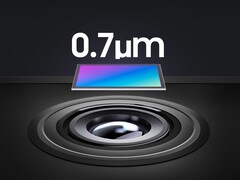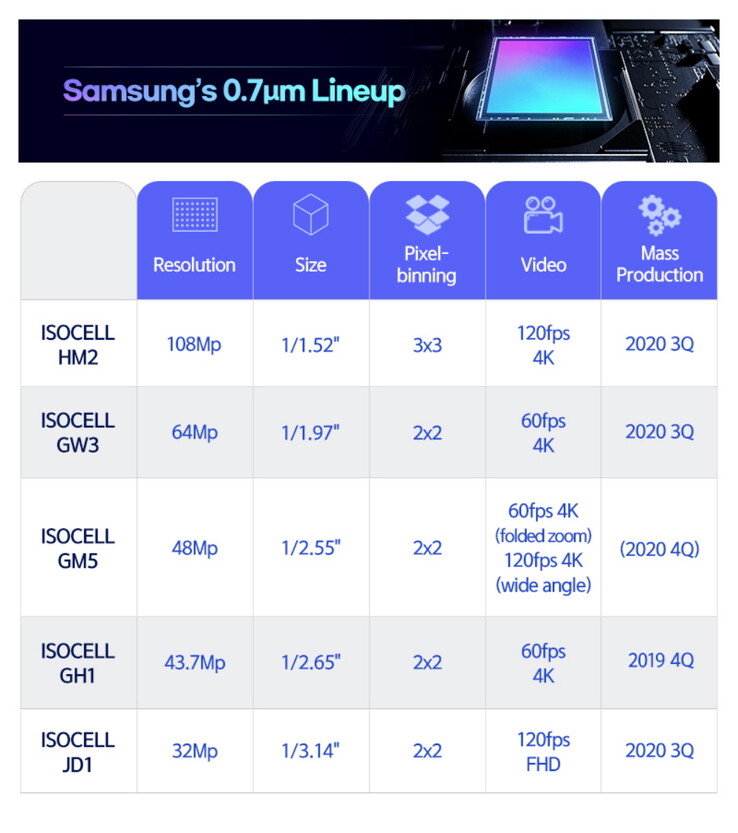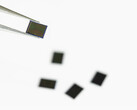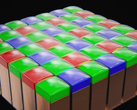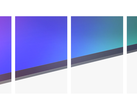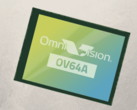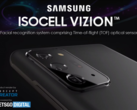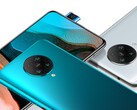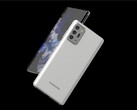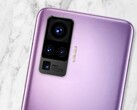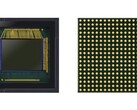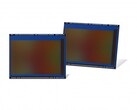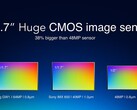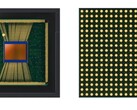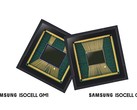Now that both 2020 flagships are out, Samsung can now focus on other endeavors like smartphone camera sensors. Earlier this year, Samsung unveiled its 50MP ISOCELL GN1 sensor. It is now being joined by the ISOCELL HM2, ISOCELL GW3, ISOCELL GM5, and ISOCELL JD1.
As the name somewhat suggests, the ISOCELL HM2 is the proverbial king of the hill. It is Samsung's latest 108MP sensor and employs the Nonacell (9:1) pixel binning technique. The sensor also offers a faster phase detecting autofocus and up to 3x optical zoom. Lastly, it can record video at 4K 120 fps. There is no word about its 8K recording prowess, so it is unlikely that we'll get to see it on the Galaxy S21 series next year. Besides, Samsung is known to let other OEMs test sensors before using them on its own devices. We can expect to see the ISOCELL HM2 debut soon, as it is already in mass production.
The ISOCELL GW3 is the successor of the ISOCELL GW2 that we saw on the Galaxy S20, Galaxy S20+, and Galaxy Note 20. While it retains the 64MP resolution, the sensor can snap more color-accurate images and videos thanks to Samsung's Smart-ISO technology. Lastly, it can record video at 4K 60 fps. If past releases are anything to go by, the ISOCELL GW3 will likely make an appearance alongside an upper-mid-range Chinese phone in the coming weeks.
Based on their specifications, the ISOCELL GW3 and ISOCELL HM2 are designed to serve as a primary camera in single/double/triple and even quad-camera array. The 32MP ISOCELL JD1, on the other hand, is tailor-made to act as a selfie camera. Samsung says that it is ideal for both hole-punch and motorized settings. Its video recording process caps out at 1080p 120 fps. Like the SOCELL GW3 and ISOCELL HM2, the ISOCELL JD1 is also in mass production, so it shouldn't be long before we see it in action.
The ISOCELL GW3, ISOCELL HM2, and ISOCELL JD1 are, for all practical purposes, custom-designed for specific use cases. They are quite unlike the 48MP ISOCELL GM5, which can be used in a variety of settings. It can double up as a telephoto (up to 5x optical zoom) and an ultra-wide-angle lens, depending on the use case. Another exciting feature of the ISOCELL GM5 is staggered HDR. Lastly, the sensor's video recording capacity is 4K 120fps when used as a wide-angle lens and 4K 60 fps as a telephoto. However, we have to wait until next year to see the sensor in action, as it will start hitting the assembly line in Q4 2020.
All four sensors boast of a 0.7μm pixel size, which is 0.1μm smaller than its predecessor. While that value may not seem like much, it offers a remarkable improvement in image quality. However, reducing the pixel size by too much can potentially result in blurry images. That's where features like Smart-ISO and ISOCELL Plus come in and save the day.




